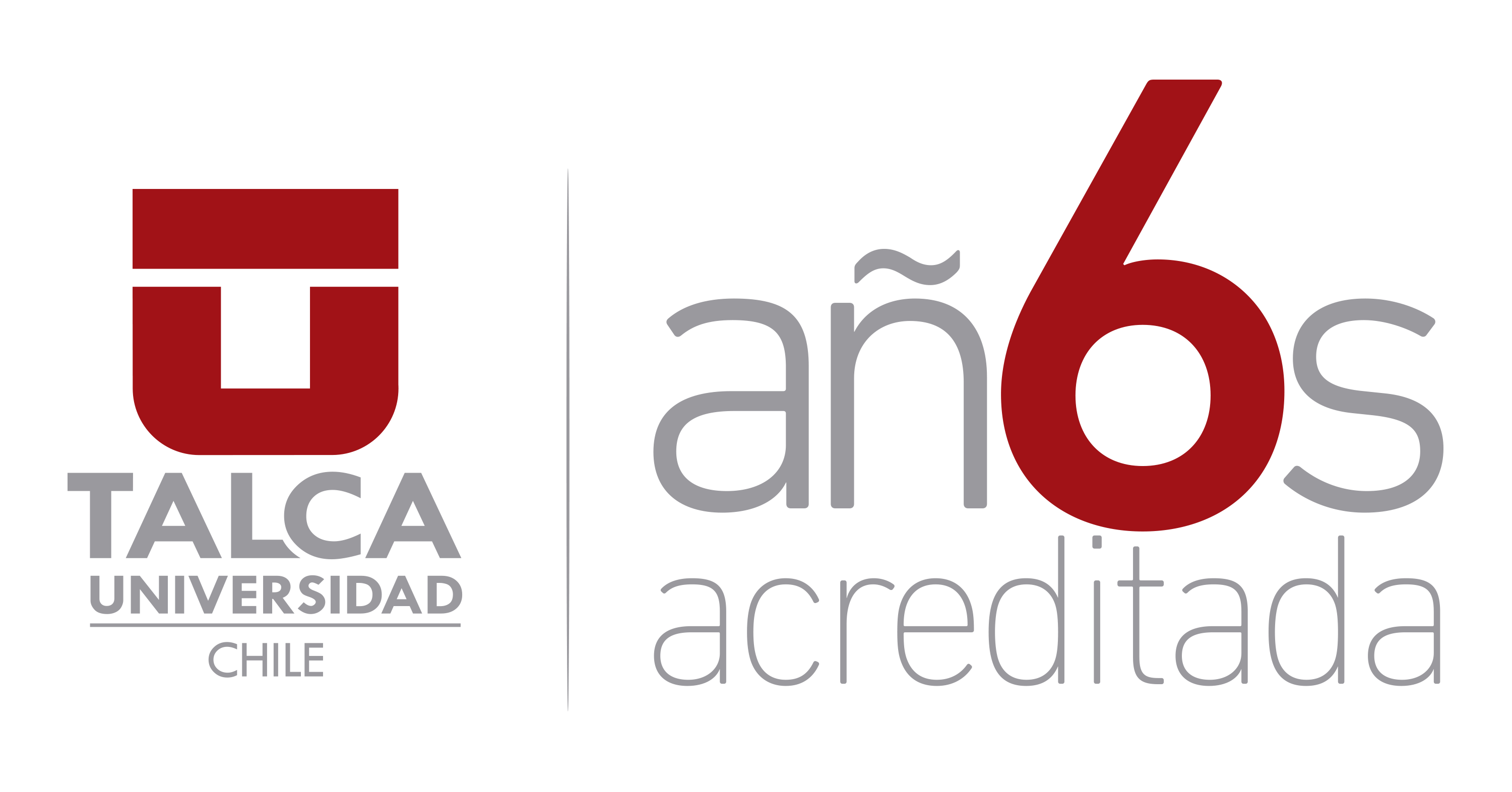Technology has the potential to improve many aspects of abri life, letting them stay in touch with their families and good friends back home, to access information about all their legal rights and to find job opportunities. However , it can also have unintentional negative results. This is specifically true in the next used in the context of immigration or perhaps asylum methods.
In recent years, advises and international organizations currently have increasingly looked to artificial cleverness (AI) equipment to support the implementation of migration or asylum coverage and programs. Such AI tools may have completely different goals, which have one part of common: a search for performance.
Despite well-intentioned efforts, the utilization of AI from this context often involves compromising individuals’ man rights, which includes their privacy and security, and raises considerations about weeknesses and visibility.
A number of circumstance studies show just how states and international institutions have deployed various AI capabilities to implement these types of policies and programs. Sometimes, the essence these packages and programs is to limit movement or access to asylum; in other conditions, they are wanting to increase performance in application economic immigration or to support adjustment inland.
The usage of these AJE technologies has a negative impact on www.ascella-llc.com/portals-of-the-board-of-directors-for-advising-migrant-workers weak groups, just like refugees and asylum seekers. For instance , the use of biometric recognition technologies to verify migrant identity can cause threats for their rights and freedoms. Additionally , such solutions can cause elegance and have any to produce “machine mistakes, inches which can result in inaccurate or perhaps discriminatory outcomes.
Additionally , the utilization of predictive units to assess visa for australia applicants and grant or deny them access may be detrimental. This sort of technology may target migrants based on their risk factors, which could result in these people being refused entry or deported, with no their knowledge or perhaps consent.
This can leave them vulnerable to being stranded and segregated from their friends and other proponents, which in turn comes with negative influences on the individual’s health and health and wellness. The risks of bias and splendour posed by these technologies could be especially great when they are used to manage cachette or additional susceptible groups, just like women and kids.
Some state governments and establishments have halted the setup of solutions which were criticized by civil contemporary culture, such as presentation and vernacular recognition to spot countries of origin, or perhaps data scratching to keep an eye on and keep track of undocumented migrants. In the UK, as an example, a potentially discriminatory duodecimal system was used to process visitor visa applications between 2015 and 2020, a practice that was eventually abandoned by the Home Office following civil population campaigns.
For a few organizations, the application of these technologies can also be bad for their own standing and final conclusion. For example , the United Nations Huge Commissioner with respect to Refugees’ (UNHCR) decision to deploy a biometric complementing engine participating artificial cleverness was met with strong criticism from abri advocates and stakeholders.
These types of technological solutions will be transforming just how governments and international corporations interact with asile and migrants. The COVID-19 pandemic, for instance, spurred a number of new technology to be announced in the field of asylum, such as live video renovation technology to remove foliage and palm scanners that record the unique line of thinking pattern belonging to the hand. The utilization of these technology in Portugal has been belittled by Euro-Med Individual Rights Monitor for being illegitimate, because it violates the right to a powerful remedy below European and international legislation.
